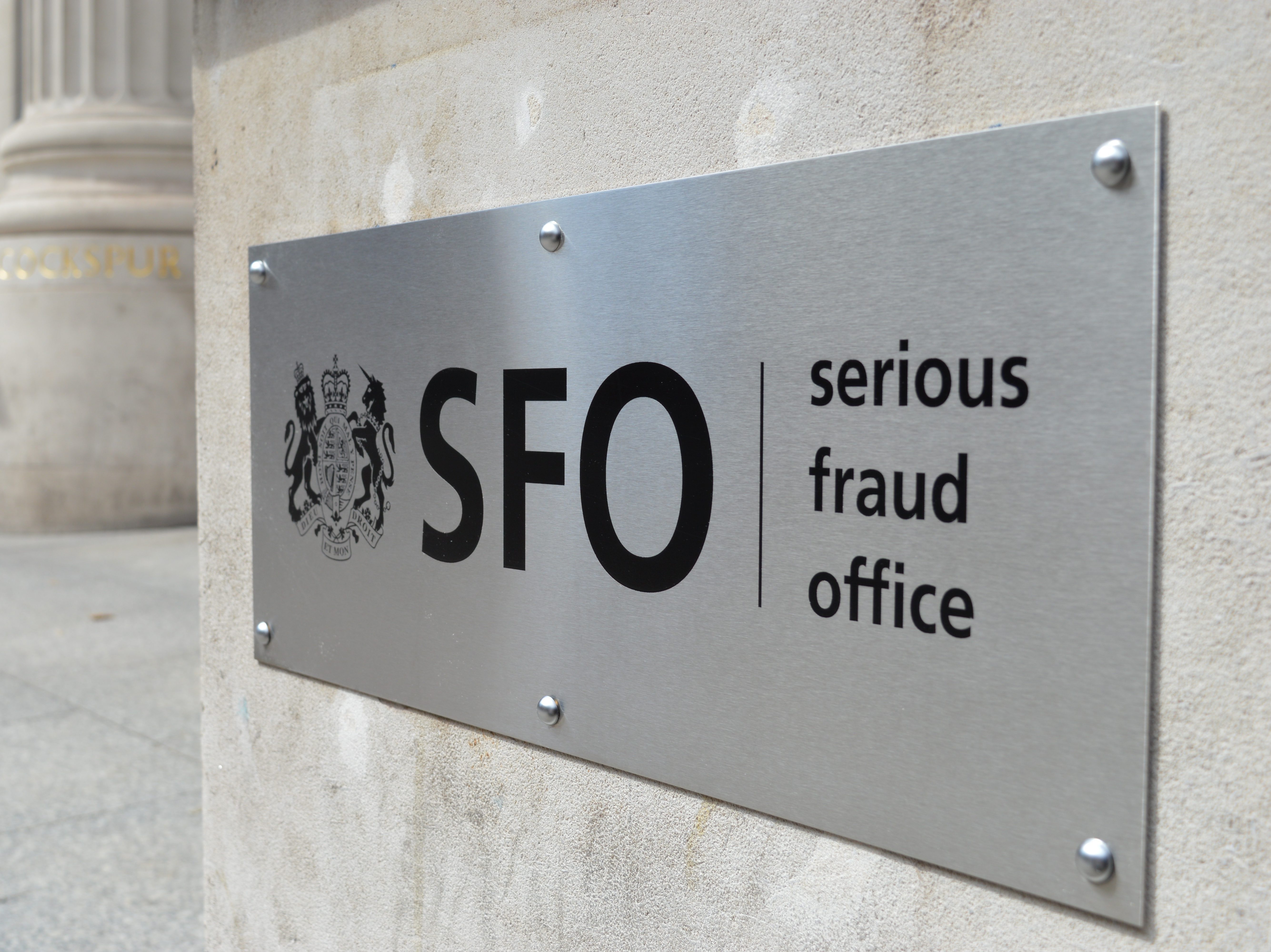Publishing a target date for the completion of dangerous cladding remediation works and providing greater transparency on remediation performance are two key recommendations from a new National Audit Office report.
The UK independent spending watchdog’s recommendations feature in its first report on the government’s remediation plan since five different programmes were brought together into a single portfolio in 2023. The NAO’s report follows the publication of the Grenfell Inquiry in September, which examined the causes of the fire in June 2017 that resulted in the deaths of 72 people.
Modelling by the Ministry of Housing, Communities & Local Government indicates an end date of 2035 for completing cladding remediation, but the NAO warns that without published milestones, hundreds of thousands of residents will face continued uncertainty.
The government has significantly changed the types of buildings within scope for its programmes, and its approach to remediation, as the scale and impact of the cladding problem has become clearer. It now has programmes to address dangerous cladding for all the estimated 9,000 to 12,000 buildings over 11 metres it considers need remediating.
So far, 4,771 buildings have been brought into the portfolio, but it is taking longer than expected to identify the remainder, and some may never be identified. With a potential 7,200 buildings or more (up to 60%) still to be identified, many people still do not know when their buildings will be made safe.
With total estimated costs of £16.6bn and the Building Safety Levy yet to start, there are risks to keeping taxpayer contributions capped at £5.1bn. Gareth Davies, head of the NAO, said: “Seven years on from the Grenfell Tower fire, there has been progress, but considerable uncertainty remains regarding the number of buildings needing remediation, costs, timelines and recouping public spending. There is a long way to go before all affected buildings are made safe, and risks that the government must address if its approach is to succeed.
“Putting the onus on developers to pay and introducing a more proportionate approach to remediation should help to protect taxpayers’ money. Yet it has also created grounds for dispute, causing delays. To stick to its £5.1bn cap in the long run, MHCLG needs to ensure that it can recoup funds through successful implementation of the proposed Building Safety Levy.”
Printed Copy:
Would you also like to receive CIR Magazine in print?
Data Use:
We will also send you our free daily email newsletters and other relevant communications, which you can opt out of at any time. Thank you.











YOU MIGHT ALSO LIKE